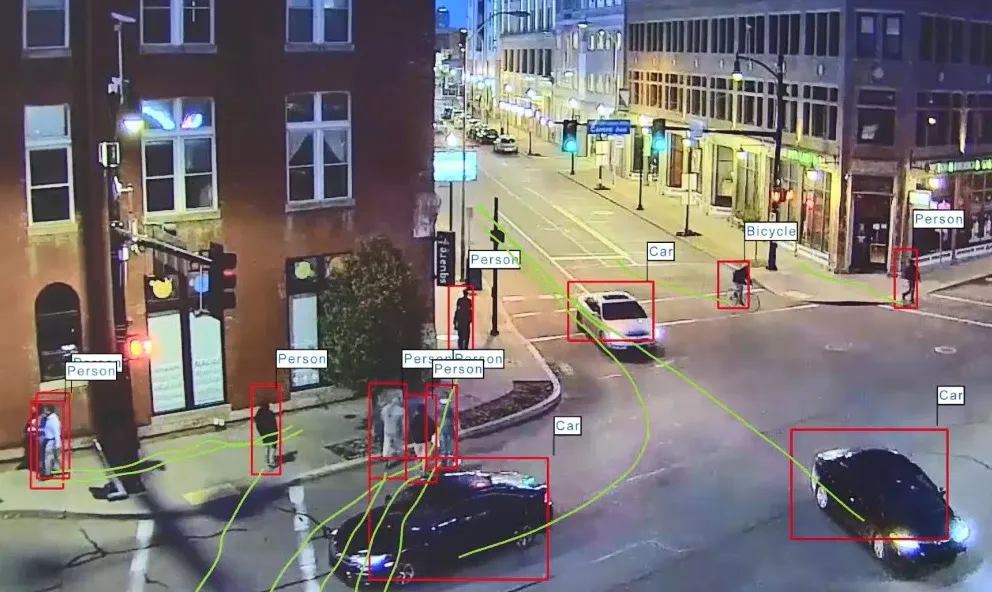Bosch Security Systems has announced the GVS1000 Long Range Imaging System, claimed to be the security industry's longestrange active infrared imaging system. It provides high-quality images at 1km and enables full detection, classification, recognition and identification performance in total darkness. The system has integrated day/night, pan/tilt/zoom.
February 1, 2012
Read time: 1 min

The GVS1000 is equipped with advanced optics, such as an IRcorrected, long-range lens capable of x60 optical zoom with night vision capabilities beyond 1.2km.
With a focal length of 12.5-750mm or 25-1,500mm (with double function engaged), the lens works together with the high-performance Dinion XF sensor to produce ultrahigh quality images at long distances in day and night conditions. The GVS1000 uses two sets of active infrared illuminators for both long- and medium-to-short-range night-time imaging, eliminating safety concerns commonly associated with laser-based infrared systems. Infrared illumination can be controlled manually or can be configured to turn on and off automatically using a photocell.










